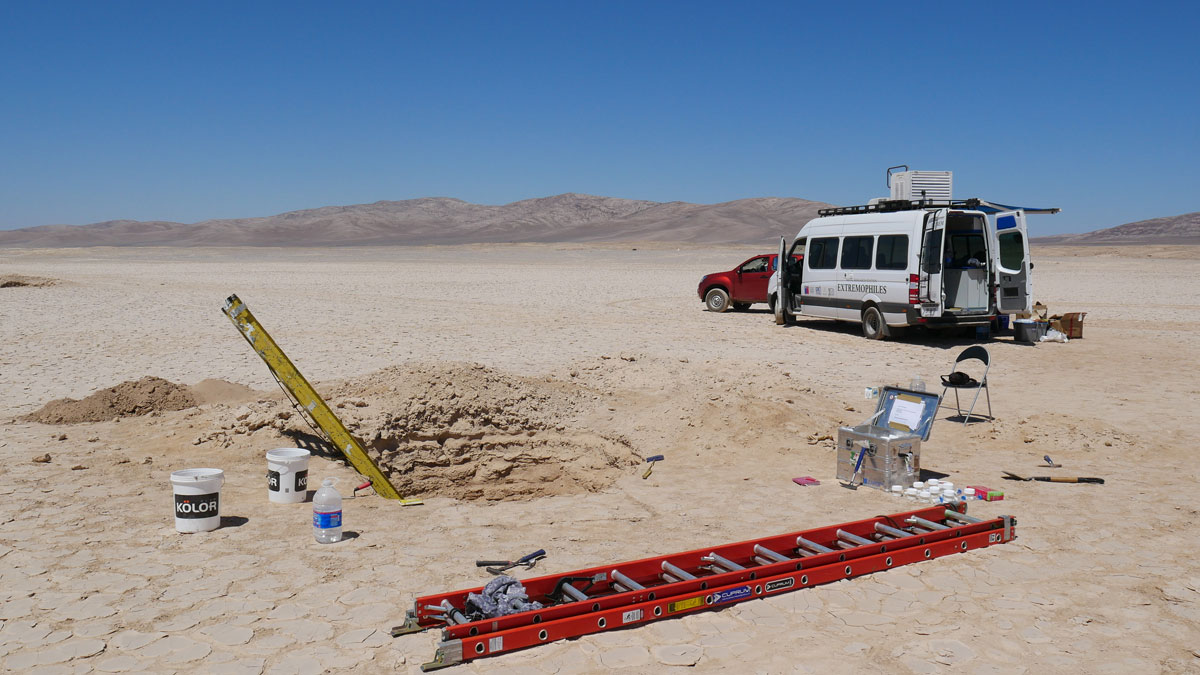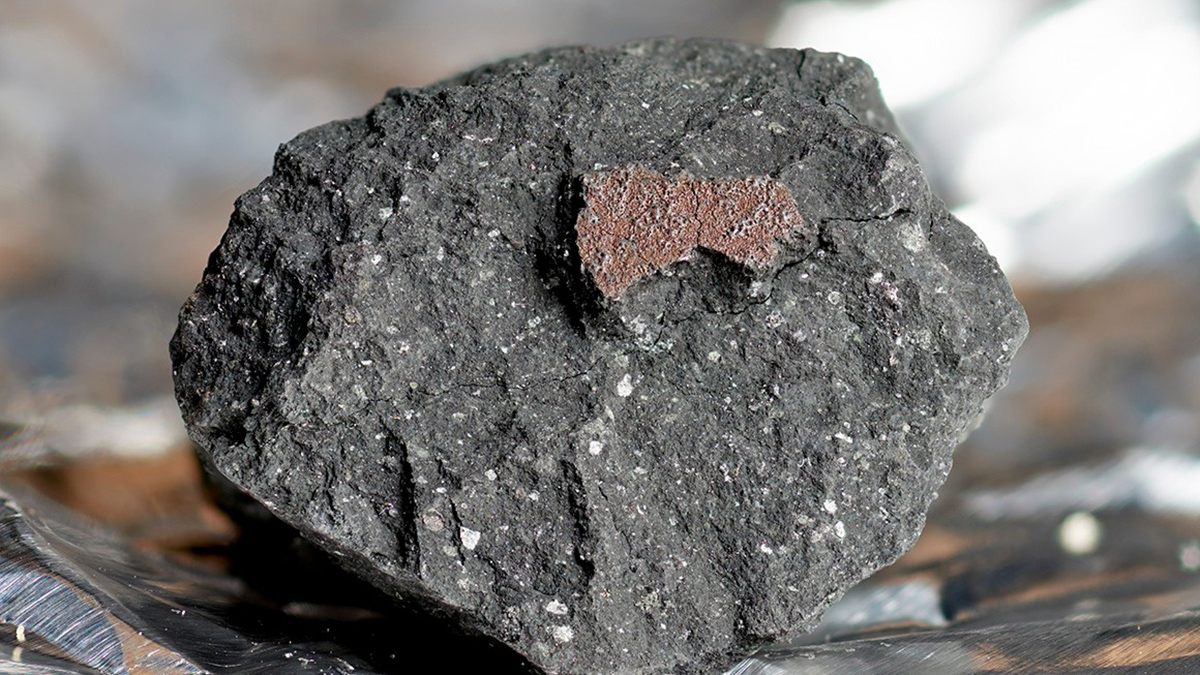Europa Clipper will assess whether Jupiter’s moon has the right ingredients to host life, and could illuminate the mysteries of icy worlds throughout the solar system.
life as we know it
Small Stars Produce Mighty UV Flares
Stronger-than-expected ultraviolet flares could either provide exoplanets the sparks of life or prevent them from having life at all.
Circones de 4,000 millones de años podrían contener nuestras evidencias más antiguas de la existencia de agua dulce
Cristales australianos apuntan a la existencia de agua dulce, así como de continentes que se elevaban sobre el océano Hadeano de la Tierra.
Curiosity Digs Up Evidence of a Cold, Wet Martian Past
Amorphous materials, which are rarely studied on Earth, yield insights into the history of Gale Crater and the early Martian environment.
How Great was the “Great Oxidation Event”?
Geochemical sleuthing amid acid mine runoff suggests that scientists should rethink an isotope signal long taken to indicate low levels of atmospheric oxygen in Earth’s deep past.
Four-Billion-Year-Old Zircons May Contain Our Earliest Evidence of Fresh Water
Australian crystals hint at fresh water, as well as land rising above Earth’s Hadean ocean.
Researchers Find Bacterial Communities Deep Beneath the Atacama
Extremophile microbes exist in the gypsum-rich “fringes” of the driest place on Earth.
A Sugar Coating for Arrokoth
A Kuiper Belt object might contain ribose and glucose on its surface—the same elements that could have seeded life on Earth.
在土卫二上寻找生命:我们应该问些什么问题?
在冰冷的海洋世界中,建立在有机化学进化理论基础上的研究框架,可能会比仅仅寻找生命存在的直接证据,带来更深刻的见解。
A Splashy Meteorite Was Forged in Multiple Collisions
The Winchcombe meteorite was recovered, largely from a driveway, just hours after it fell to Earth, preserving evidence that its early relatives could have filled Earth’s oceans.










